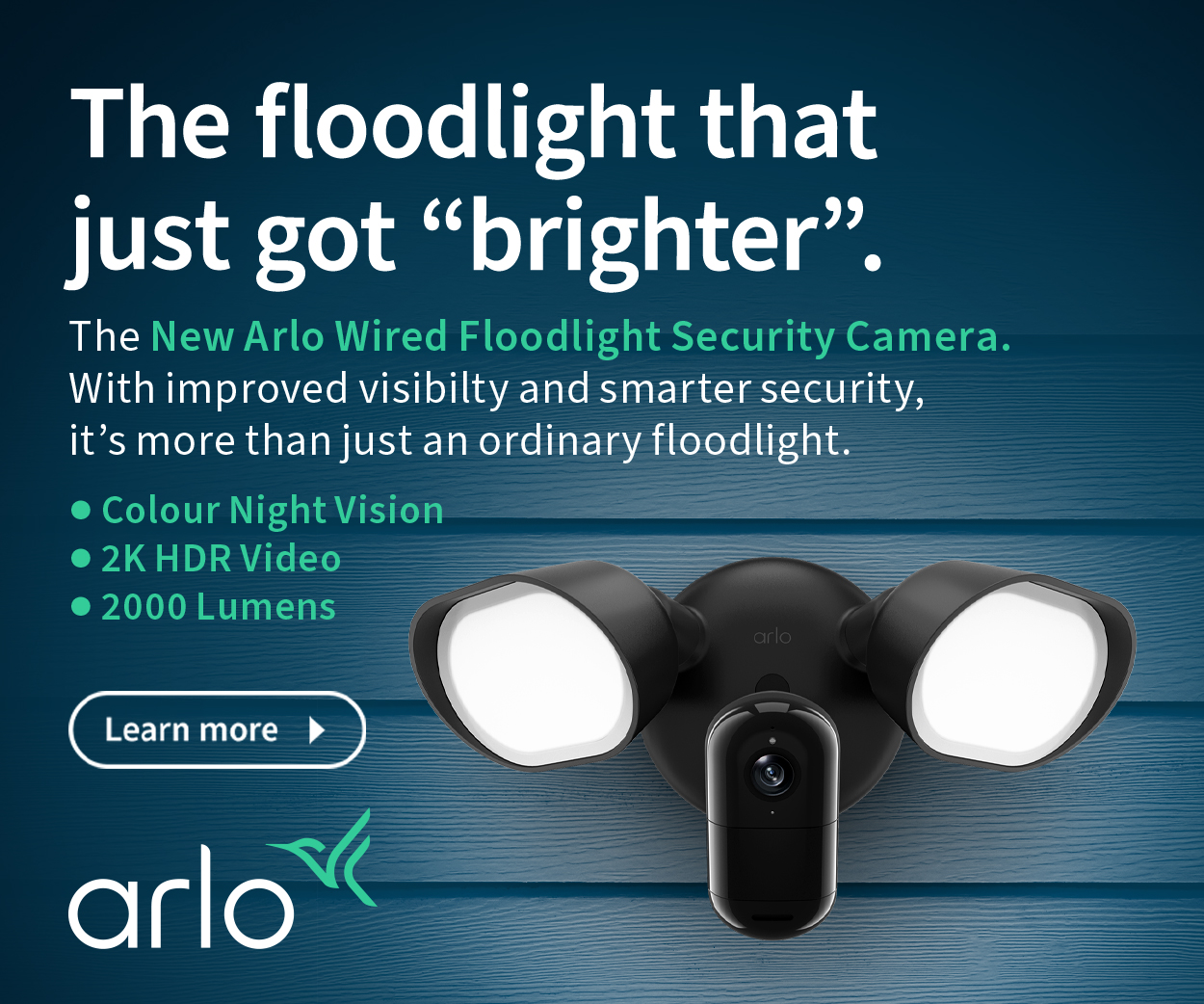Five tips for choosing a cordless power mop (2024 cleaning guide)
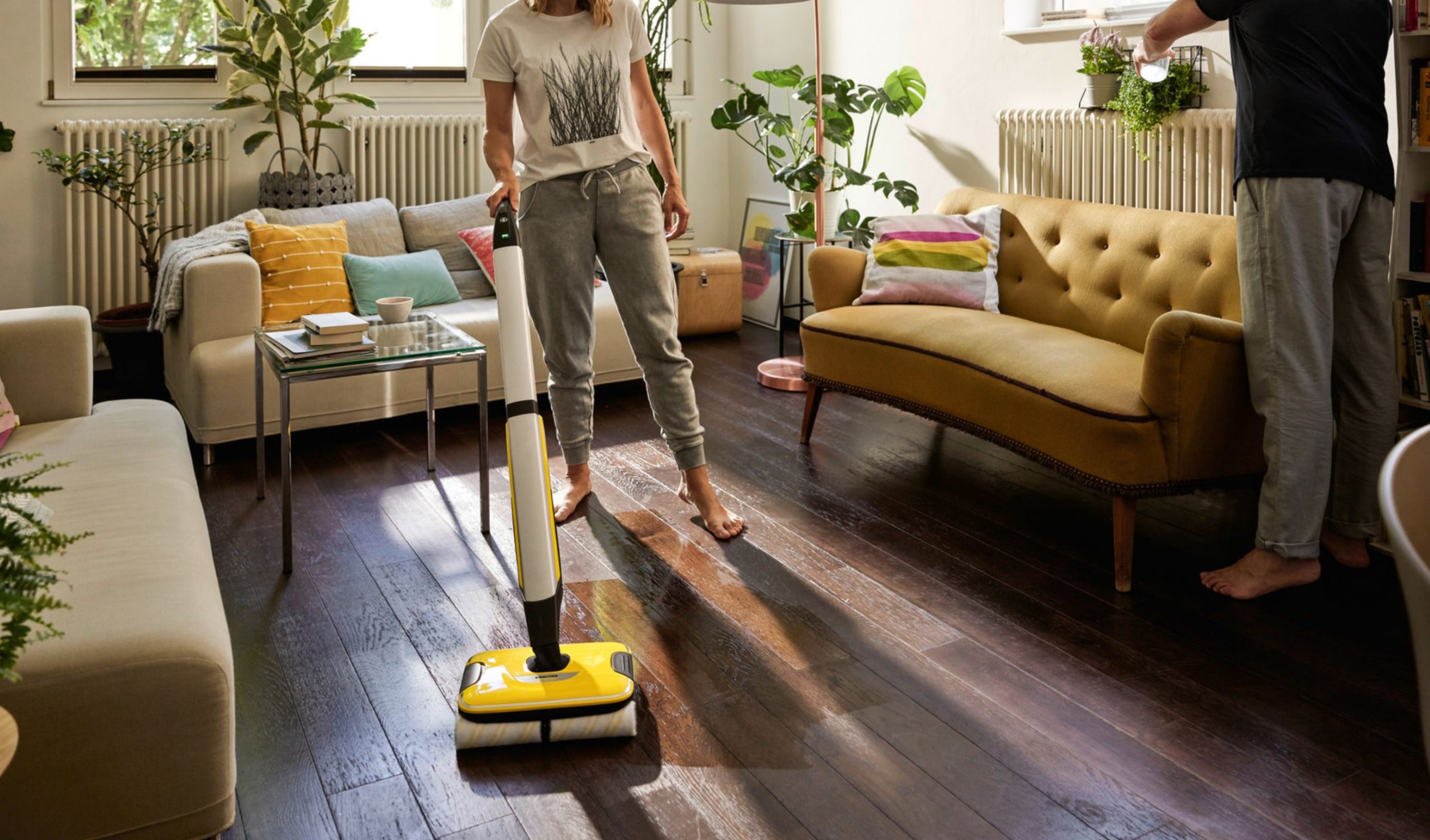
A cordless power mop is like a hand-held one, but use a water system and mopping motor replace your effort. It does the work for you.
You will find brands like Bissell, Karcher, HiZero, Tineco, Dyson, Shark and many generics ranging from under $100 to $1000.
There are two main types
- Mop only using the mop roller to pick up dust and detritus.
- Vacuum/Mop (some also allow vacuum only), adding vacuum suction for one-pass cleaning.
Every cordless power mop should comprise:
- A light and easy-to-use handle with simple, well-identified waterproof controls -about 5kg
- Rotating mop disk or roller (or two) or static pad on the bottom of the handle
- A system to both mop and wick water and detritus off the cleaned surface
- Clean water reservoir to wet the roller (at least 500ml)
- Dirty water reservoir to collect used mop water (at least 400ml)
- A rechargeable battery – needs to be near a power point for at least 20 minutes of cleaning time.
- Stand and cleaning tray and access to a sink for disposing of dirty water and cleaning rollers
- Optionally steam, but that is dangerous to many hard floor surfaces

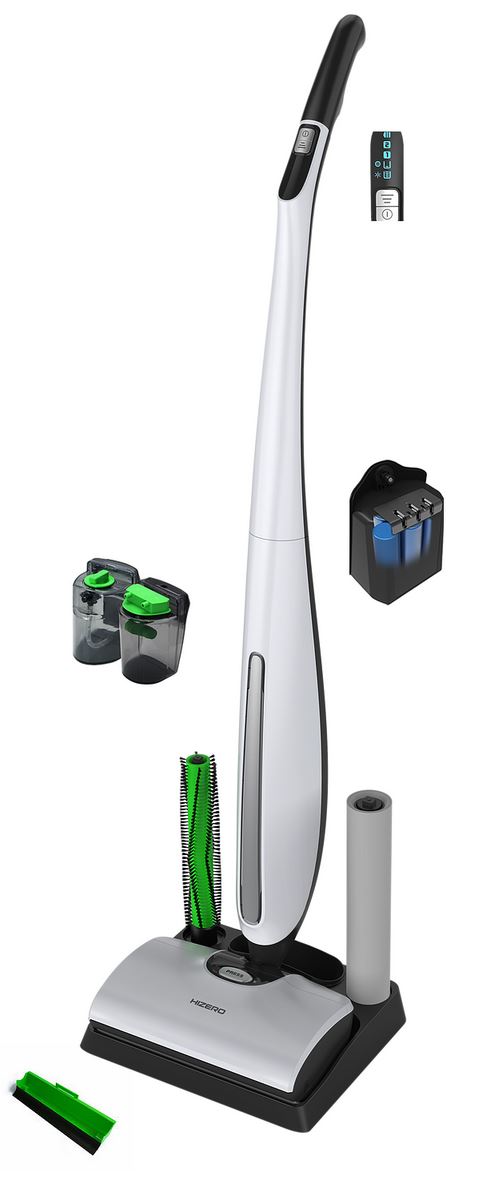
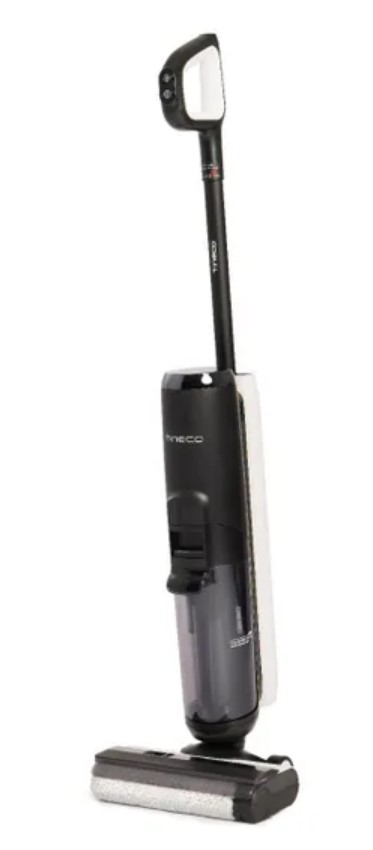
But
The category has grown with more expensive models with various enhancements – the things that cost more – include:
- Additional squeegees to ensure clean water gets to the floor and dirty water is taken away. This stops the roller from mopping with ‘dirty’ water. (Tineco MHCBS patent)
- Variable suction based on how dirty the water return is (Tineco iLoop)
- Self-propulsion, especially both forward and rear, to assist carpal tunnel and arthritis sufferers.
- Different vacuum pressure modes (usually Off, Eco, Standard and Maximum)
- Different water levels for water-sensitive floors.
- Dual edge cleaning down to 1cm (Many only clean to 15mm on one side)
- Colour readouts to show battery life and modes.
- Voice prompts and Apps for firmware upgrades
- Sensors to identify empty, clean and wastewater tanks
- Headlights
- Electrolysed water (makes Ozone to naturally disinfect rather than using floor cleaning solution)
- Self-cleaning modes, including centrifugal hot air drying of the mop after self-cleaning to avoid mould or odour between uses.
- Some models have steam as well.
What do you look for when choosing a cordless power mop?
Simplicity
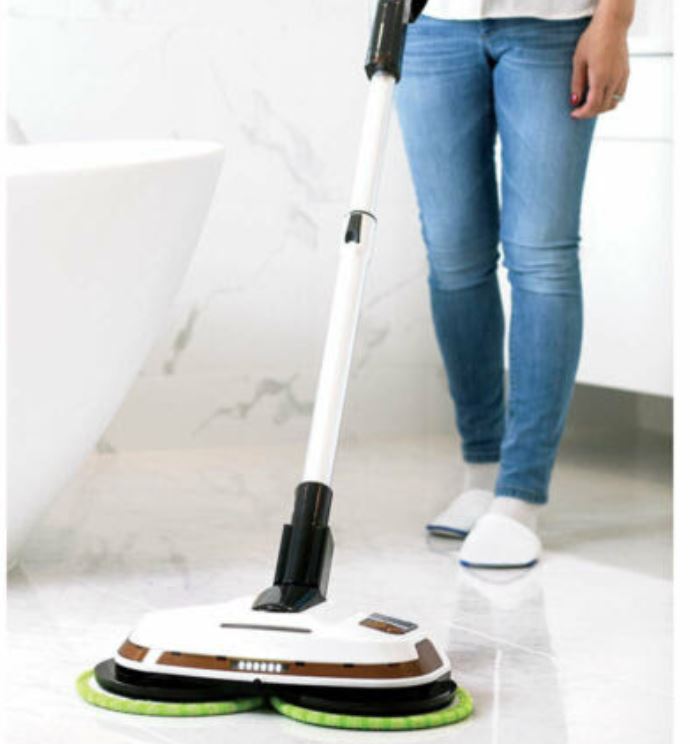
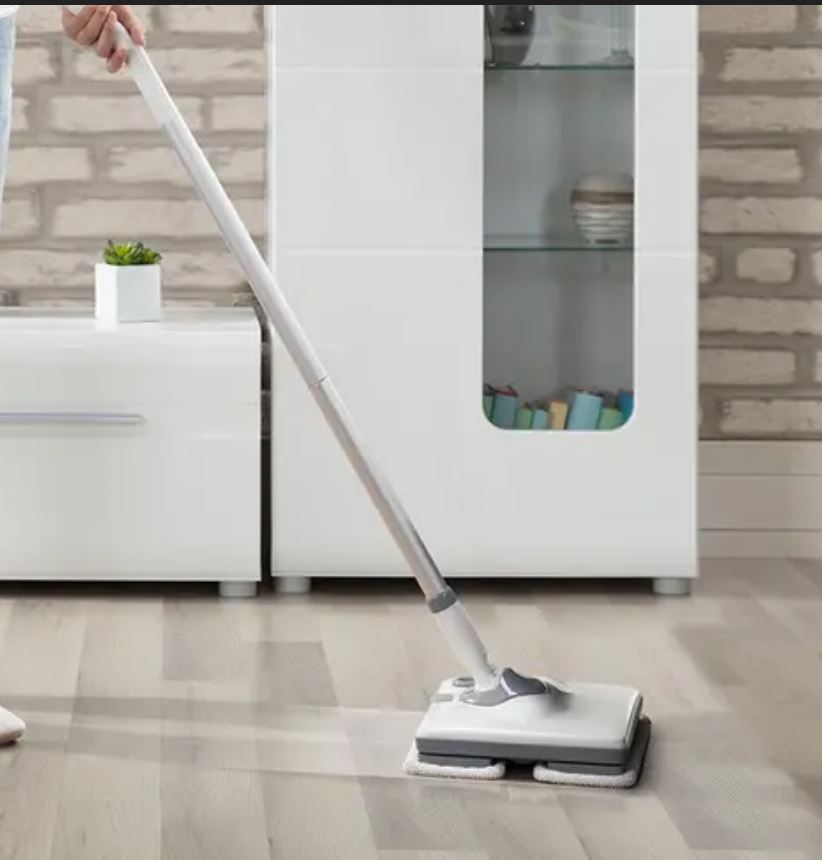
Or, in this case – not. Many cheaper cordless mops are nothing more than a pair of spinning “fluffy’ pads with no, or rudimentary, water delivery and no water removal system. These are terrible for large areas as the pads quickly become dirty and less effective.
The best design has a clean and dirty water tank and can remove detritus (not a wet/dry vacuum) that will clean at least 50m2 (100m2 is better) on one charge.
Ease of use
We have reviewed several brands. A few considerations make some more straightforward to use than the others.
For example
- A 500ml clean water tank can complete about 50m2 – larger is better
- The clean and dirty water tanks should have sensors to stop when empty/full.
- The mop glides across the floor under its power, with you applying a light touch to direct it. Some models have powered forward and rear movement wheens (important for those with arthritis as too many suffer torque steer and are heavy to lift)
- It is not too heavy to lift or heft or to change direction
- Uses a floor cleaning concentrate in water to cut through grease and dirt. Some now create Ozone from water and do not need a cleaning solution.
- And it does not leave water drops or streaks – instead, a floor that dries in minutes
Battery life and coverage
Most batteries last 15-20 minutes and clean 50m2. Better units last 30-45 minutes and clean at least 100m2. Recharge times are reasonable (typically 4 hours). Avoid any device with less than 20 minutes and buy one that will do the whole area on one charge.
Most will have an inbuilt battery that should last 500 recharge cycles (10 years at one charge a week). Some offer replacement batteries.
Ease of maintenance
To maintain efficiency, a mop needs thorough cleaning, including removing and washing the roller/pad, cleaning the head/squeegee, and replacing various water and air filters. You also need to be near a decent-sized sink.
More important is that the roller/s will require replacement usually every six months, so make sure these are readily available locally at a reasonable cost instead of online and minimum orders and freight costs

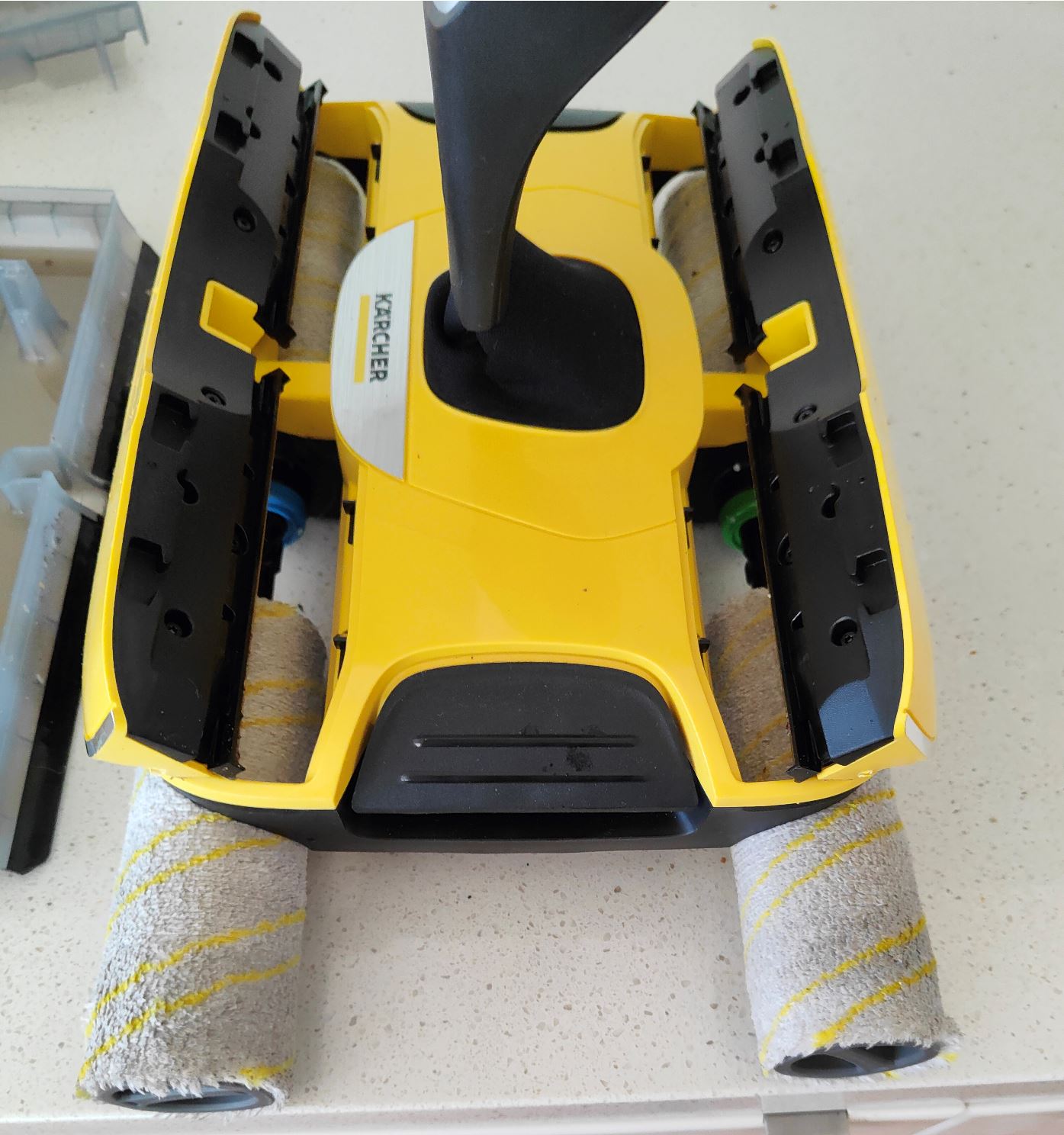
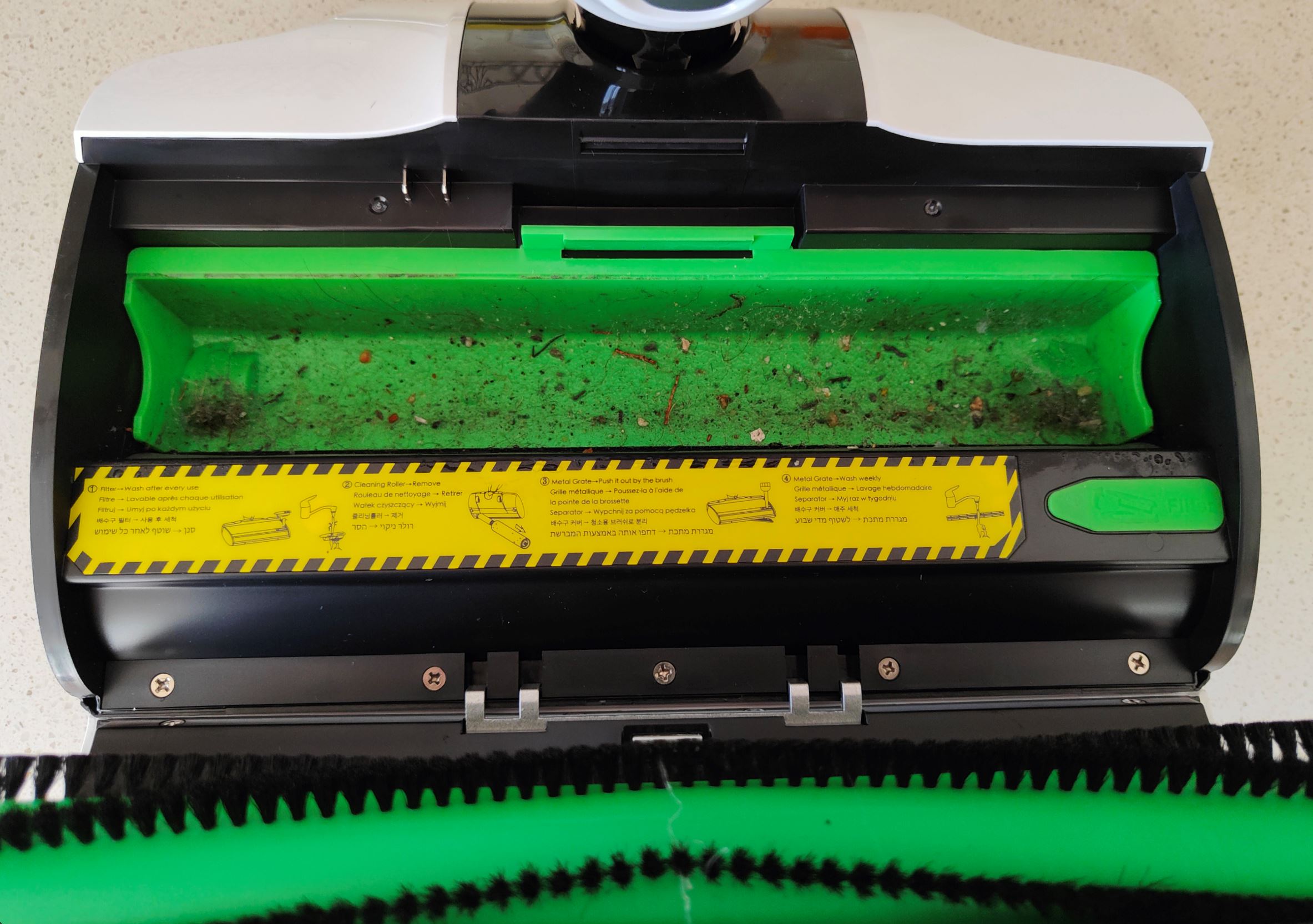
To steam or not
Steam cleans without chemicals, but it can harm most laminate and sealed floors.
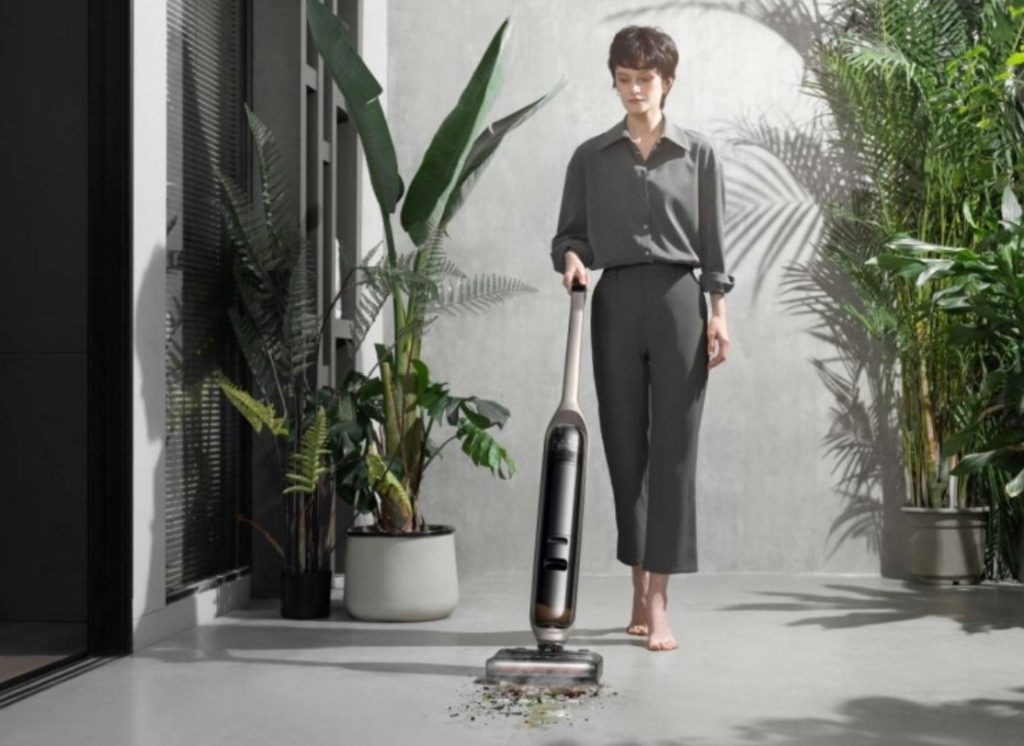
Why steam, and can you use it?
Steaming up to 140°, using water only, acts as a germicide and cuts grease and grime. It is fine on:
- 100% sealed (varnished) hardwood timber floors and parquetry. If the ‘polish’ is starting to come off, we recommend a repolish before first use. Make sure the stream and water settings are at their lowest level.
- Ceramic, cement, porcelain, and stone tiles. It can be used on Marble with low water/steam settings. Its effectiveness on grout depends on how ingrained the dirt is and whether the roller brush can reach in to the grout lines.
- Outside balcony or pool area tiles. If these are really dirty, pressure cleaning is advised to bring them to a stage where steam cleaning can make a difference..
- Engineered or stone benchtops – clean by steam and kill germs.
Don’t use steam on
- Laminated timber floors: Many modern floors are laminated—a thin, faux timber or printed plastic layer over a composite wood substrate. Steam can cause the laminate and edges to lift.
- Engineered, composite or MDF (chipboard) timber floors – a conglomerate of timber particles, stain, and glue. Steam can cause the edges to lift.
- Waxed floors: Steam melts wax, causing a gluggy mess. Some floor polishes are only tolerant to 50° heat.
- Unsealed timber: It can be OK, but the edges can swell.
- Painted floors: Can cause paint bubbles
- Any ‘peel and stick’ DIY floors
- Cork tiles
- Linoleum (OK if you avoid the joins) and solid vinyl (ditto).
- Carpet: It is not a carpet or rug cleaner.
Only use this device on floor surfaces that you are 100% sure can be steamed. If in doubt, contact your flooring provider.
Power vacuum/mop is a game changer – not a fad
It seems everyone hates vacuuming and mopping, yet modern homes increasingly have sizeable hard floor areas that attract copious dust, lint, hair, and dirt.
Be aware that while a cordless power mop is more efficient than a $30 water and bucket mop, it is an expensive investment. If you hate mopping, that is not going to change.
So, part of our testing is to see if it is more ‘pleasant’ than hand mopping and something we would use at least weekly. That comes down to ease of use, cleaning results, and cleaning and storing the mop.
In every case a powered vacuum/mop is vastly easier than manually vacuuming and hand mopping.
Reading
Note that reviews are 100% independent and cannot be purchased or influenced.
- Tineco S7 Steam – vacuum, mop and steam in one pass
- Tineco Floor One Switch S6 vacuum/mop – flash dry mop clean
- Tineco FLOOR One S6 Pro Extreme – hard floor vacuum and mop is a breeze
- Tineco Floor One S7 Pro – an upgrade to an already good vacuum mop
- Tineco Floor One S5 Pro vacuum mop hard floor cleaner
- Tineco iCARPET washes yucky carpets
- Shark HydroVac Pro XL WD210 – cordless, one-pass vacuum/mop
- Dyson V15s Detect Submarine – Dyson’s new mopping attachment
- Eufy Clean Mach V1 Ultra – an excellent vacuum/mop and steam cleaner
- Kärcher FC 7 cordless power mop for a super effortless clean
- HIZERO F803 cordless bionic floor cleaner
- LG CordZero A9 with an all-in-one Tower stick vacuum/mop
- Samsung Bespoke Jet vacuum/mop cleaner – a clean sweep
- Cybershack cordless power Mop news and reviews
Brought to you by CyberShack.com.au

